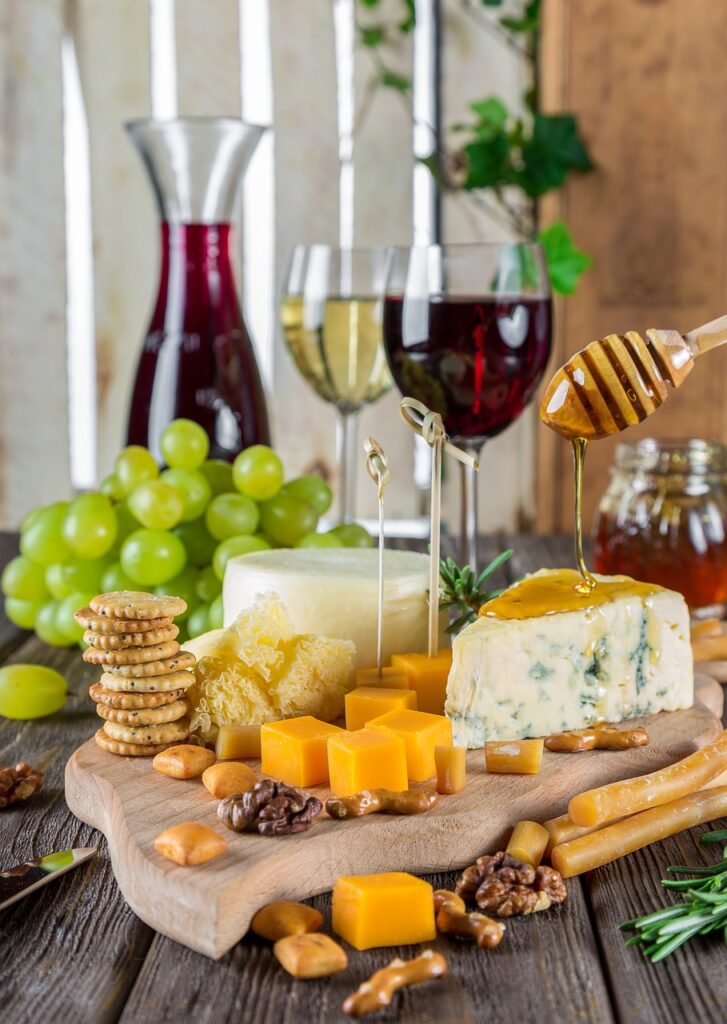Arcagallerdate Gallery Oil Paintings by Arcyart: Why Color Matters
Every viewer reacts instinctively to color—warmth, cold, energy, silence. The best colorful landscapes build focus and atmosphere, not just spectacle. In arcagallerdate gallery oil paintings by arcyart, color becomes language: order, movement, and space in dialogue.
Routine and edit—not “more”—drive real impact.
How to Read, Build, or Collect Colorful Landscapes
1. Foundation Is Structure
Every strong composition uses color to define planes: foreground/back, light/shadow, warm/cool. In abstract and expressionist work, pure fields or bold streaks create direction and scale. Seek a defined palette: 3–5 main hues, disciplined transitions.
Restraint: avoid “rainbow syndrome”—confuse, and the painting loses punch.
2. Layering Is Clarity
Start with transparent washes—find the core light, horizon, or landform. Build color in glazes or broken brushwork—never flatten or overmix. Simultaneous contrast (placing complements side by side) adds energy without clutter.
Each layer edited for purpose—routine conquers chaos.
3. Emotional Strategy
Warm colors (red, orange, yellow) advance; cools (blue, violet, green) recede. High chroma points pull the eye; use sparingly for true accent or highlight. Neutral passages (gray, mud, earth) are necessary for rest; color fatigue sets in fast with unrelenting punch.
The discipline is knowing when to stop, edit, and hold back.
The Arcagallerdate Gallery Oil Paintings by Arcyart: Exhibition Blueprint
Highlighted Series
“Saffron Dusk”: highkey oranges and golds in layered marshland—foreground rushes, backlit haze, toplit clouds. “Cobalt Shadows”: urban landscapes subdued under stormy blue, with hot magenta reflections. “Violet Ridge”: mountain forms in broken slabs of purple and teal, lit by ochretinged snowfields.
Each painting audits the palette—no freelancing.
Technique Wall
Underpainting and glazing samples; demo swatches show oiltomedium mixes for bold/smooth transitions. Short video loop of artist mix and application process during prep and final pass. Brush, knife, and rag marks observed under high light—optimize viewing for both close and distant read.
Routine education for the viewer.
Interactive Engagement
Compare and contrast “palette” studies—display a single landscape in three palette versions to show discipline in selection. QR codes link to timelapse or “behind the canvas” content for each major piece. Sketch pads or small canvas “try it” stations—viewers experiment with pure color marks on landscape forms.
Knowledge multiplies appreciation.
Routine Collection and Care
Highchroma oil requires stable light, clean glass, and careful handling—pigments fade under UV and humidity swings. Document color recipes and layering on the back of each canvas; gallery logs store prep/process images. Insurance and security protocols for each shipment—discipline beats negligence.
Pitfalls to Avoid
Oversaturated frames or nearby art: let one painting be the focus, with neutral hang space. Inconsistent lighting: use neutral LEDs or true daylight to maintain palette integrity. Curation drift: only exhibit together paintings with compatible palettes, energy, and horizon logic.
Routine checkins with artist and curator are mandatory.
For Artists: Building and Editing a Colorful Landscape Series
Preselect palette: splitcomplementary, triadic, or dominant neutral plus accent. Test underpainting and ground color for every canvas—control color temperature from the first mark. Schedule layers: glaze, rest, and edit at a set interval. Document process for every major shift—soon, “editing out” becomes as valuable as initial mixing.
Discipline in prep yields paintings with true resonance and selling power.
For Collectors: Acquiring With Focus
Seek paintings where color serves form—a muddled palette devalues even fine draftsmanship. Document and verify pigment/data from gallery; avoid highfade colors for highlight spaces. Rotate displays to avoid longterm light fatigue or spatial competition in your home/space.
Routine audit your display and environment.
Arcagallerdate Gallery Oil Paintings by Arcyart: Review Strategy
Schedule a pathway from highkey to lowkey works; contrast explores the artist’s discipline, not just emotion. Use wall texts to note not just theme, but palette logic and layering detail. Engage the viewer: “What color dominates? Where does the eye go? How does the scene feel after one minute’s viewing?”
Routine makes the difference between walkby and stopandstudy.
Conclusion
Colorful landscapes in oil demand more than pretty pigment—they require a disciplined hand and a strategic mind. Arcagallerdate gallery oil paintings by arcyart set the standard: structure, layer, edit, and educate at every stage. For artists, collectors, or curators, routine is the only road to impact and longevity. Audit your palette, your process, and your sequence—bold color endures only when backed by discipline. Every painting, every show: clarify, curate, and never let noise drown out the art.


 Bernardon Holmanate explores destinations through the lens of culture, history, and hidden local experiences. At Arcagallerdate, he focuses on authentic travel — from remote villages to iconic cities — helping readers discover the stories behind every place they visit.
Bernardon Holmanate explores destinations through the lens of culture, history, and hidden local experiences. At Arcagallerdate, he focuses on authentic travel — from remote villages to iconic cities — helping readers discover the stories behind every place they visit.